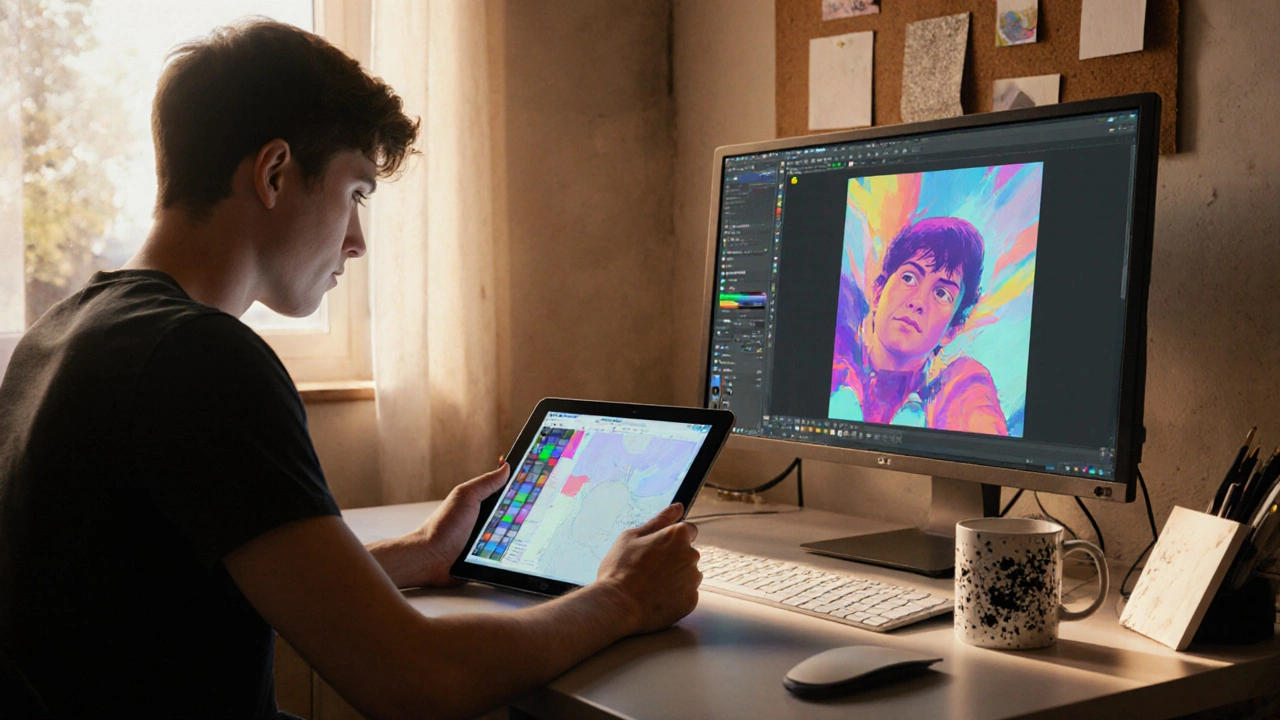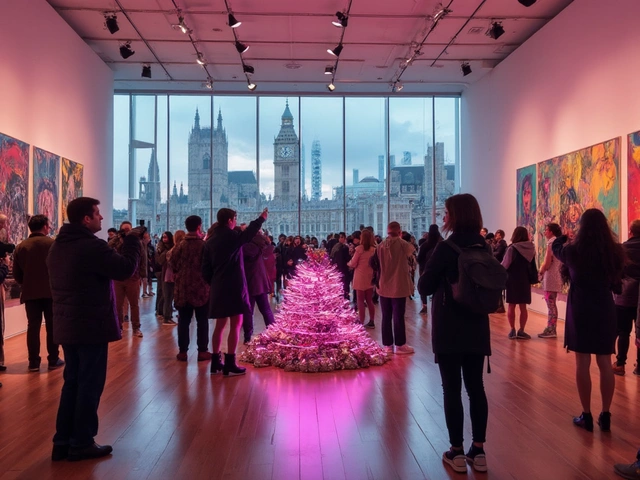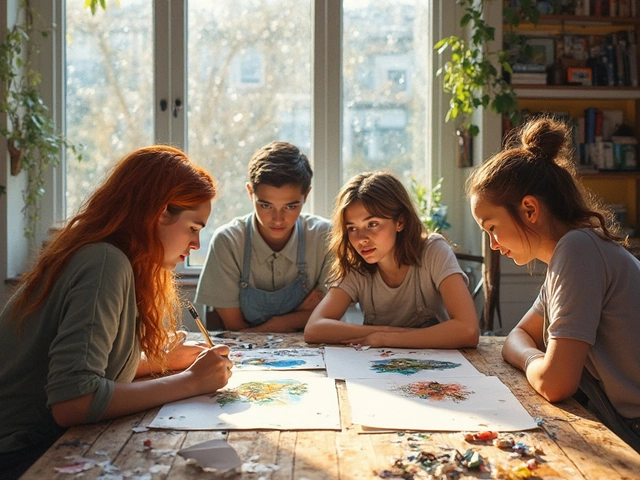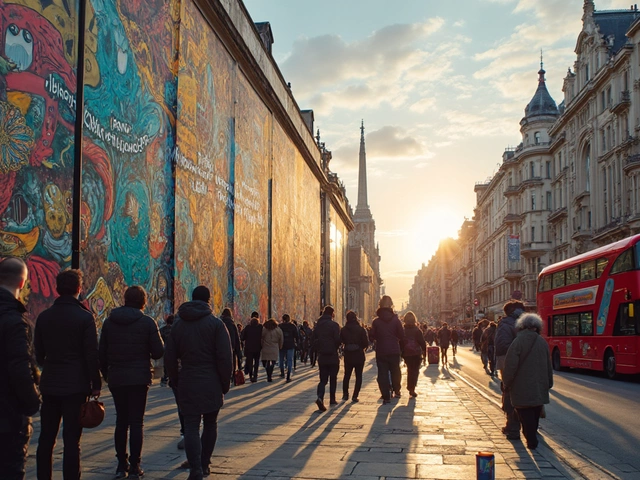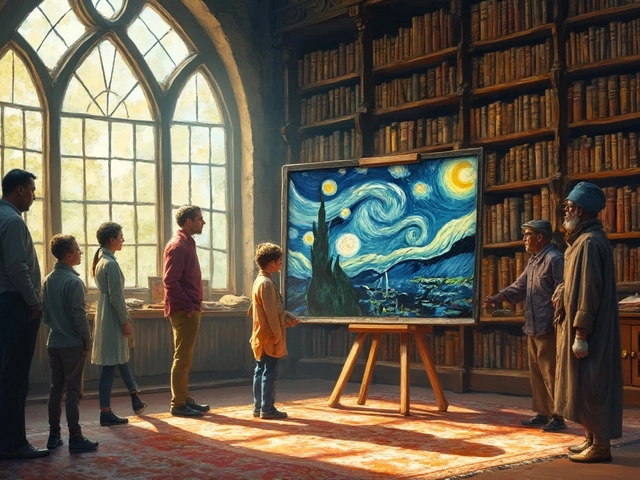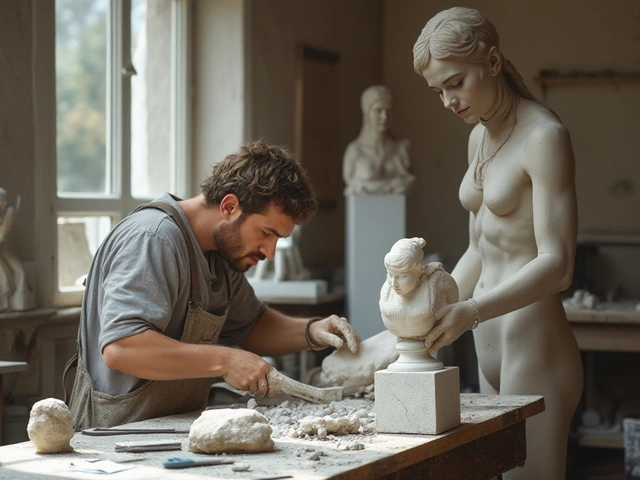Art Print Cost Calculator
Estimated Cost
Turning a digital or hand‑drawn masterpiece into a physical copy can feel like a big leap, but it doesn’t have to be. This guide walks you through every decision you’ll face-from choosing the right printing method to picking paper, finding a reliable service, and preparing your file for flawless results.
What Exactly Is an art print?
An art print is a reproduction of an original artwork made specifically for display or sale. Unlike a cheap poster, a quality art print uses archival inks, premium substrates, and printing processes that aim to preserve the colors, texture, and detail of the original piece.
Deciding the Right Printing Method
Three methods dominate the market for fine‑art reproductions. Each has its own strengths, cost range, and ideal use‑case.
| Method | Typical Cost (per sq ft) | Ink Type | Best For |
|---|---|---|---|
| Giclée | $12-$30 | Archival pigment | Fine‑art photography, paintings, limited editions |
| Screen printing | $8-$20 | Solvent or water‑based | Bold colors, graphic art, bulk runs |
| Digital (offset) | $5-$15 | CMYK dye‑based | High‑volume posters, marketing material |
For most independent artists, art prints created with Giclée give the best balance of fidelity and longevity, especially when paired with museum‑grade paper.
Choosing the Right Paper or Canvas
The substrate dramatically affects the look and feel of your final piece. Here are the most common choices, each wrapped in a microdata block so you can quickly spot the differences.
- Fine art paper - 300‑350 gsm, cotton‑based, acid‑free. Ideal for reproducing watercolor or detailed digital work.
- Canvas - Stretched or rolled, usually polyester or linen. Gives a painterly texture, perfect for oil‑style reproductions.
- Baryta-coated paper - Thicker coating for deep blacks; favored by photographers.
- Mulberry (Japanese) paper - Subtle fibers, adds an organic touch to minimalist designs.
When you choose, consider the original medium (was it a watercolor? an oil painting?), the intended display environment (light‑rich gallery vs. home office), and your budget.
Preparing Your File for Print
- Set the colour mode to CMYK. Most printers use this model; converting from RGB early avoids colour shifts.
- Resolution matters. Aim for at least 300 dpi at final size; for very large prints, 150 dpi can still look sharp if the source is high‑quality.
- Embed all fonts or rasterise text layers. This prevents missing‑font errors at the print house.
- Include a bleed of 0.125 in (3 mm) on all sides if the artwork touches the edge.
- Save in a lossless format-TIFF or PDF‑X‑1a are industry standards.
Before uploading, run a soft‑proof in your editing software using the printer’s ICC profile (many services provide profiles for download).
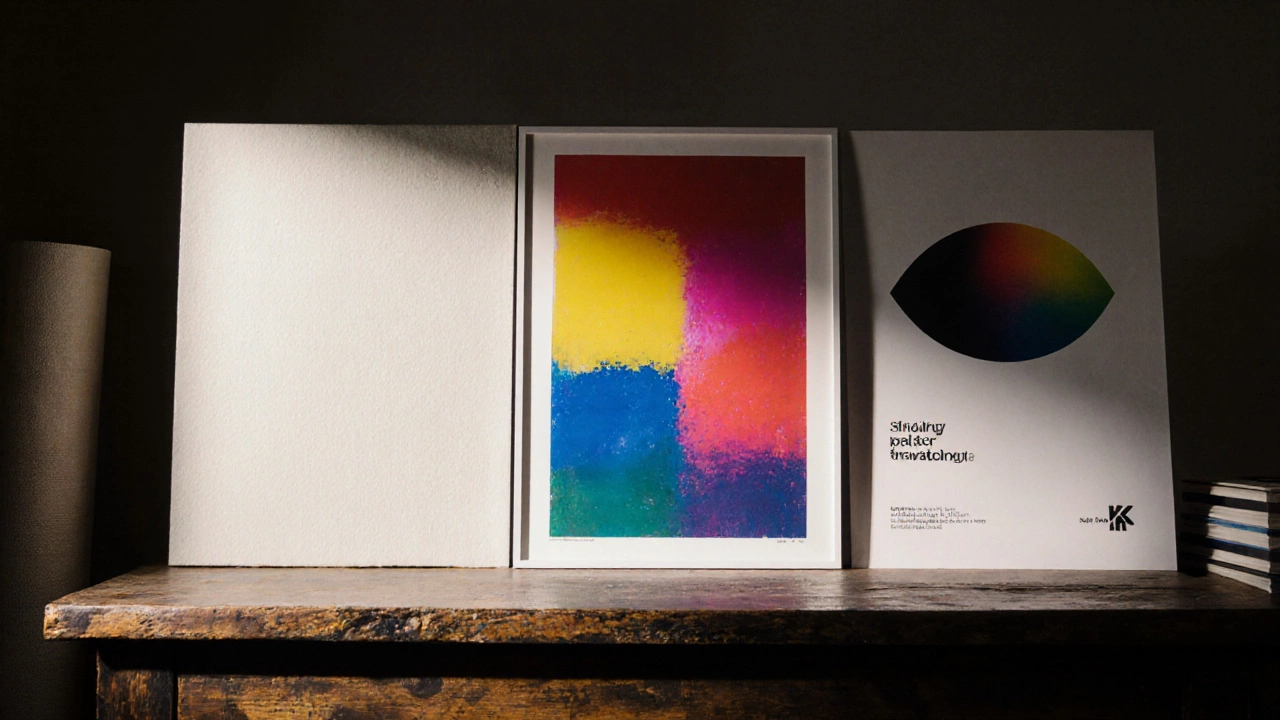
Choosing Between an Online Service and a Local Print Shop
Both routes have pros and cons. Below is a quick way to decide which fits your workflow.
- Online print service - Examples include Bay Photo, Printful, and WhiteWall. Benefits: easy file upload, transparent pricing, nationwide shipping, and often a built‑in marketplace.
- Local print shop - Great for hands‑on colour checks, faster turnaround for small runs, and the chance to discuss paper feel in person.
If you’re ordering a small batch (1‑5 prints) and need a quick sample, a local shop can give you a tactile feel before you commit to a larger run. For larger editions or international customers, an online service usually saves time and money.
Ordering and Shipping Tips
- Ask for a proof. Many services will ship a low‑cost soft proof so you can verify colour before the final run.
- Check the packaging. Look for acid‑free sleeves, flat‑mailers, or sturdy tubes if you choose canvas.
- Insure high‑value shipments. A small added fee protects against loss or damage.
- Track the order. Most reputable services provide a shipment‑tracking number.
When the prints arrive, let them acclimate to the room temperature for at least 24 hours before framing. This prevents warping, especially on paper.
Finishing Options: Framing, Mounting, and Display
Even the best‑printed image can look amateurish without a proper finish.
- Matted frame - Adds depth, protects the print, and hides any edges from the paper. \n
- Float mount - The print appears to “float” inside a deep‑shelf frame, a modern look popular in galleries.
- Acrylic glazing - Provides a high‑gloss finish and UV protection, ideal for bright‑lit spaces.
Choose UV‑blocking glass or acrylic if the piece will sit in direct sunlight; otherwise, standard glass is fine and more budget‑friendly.
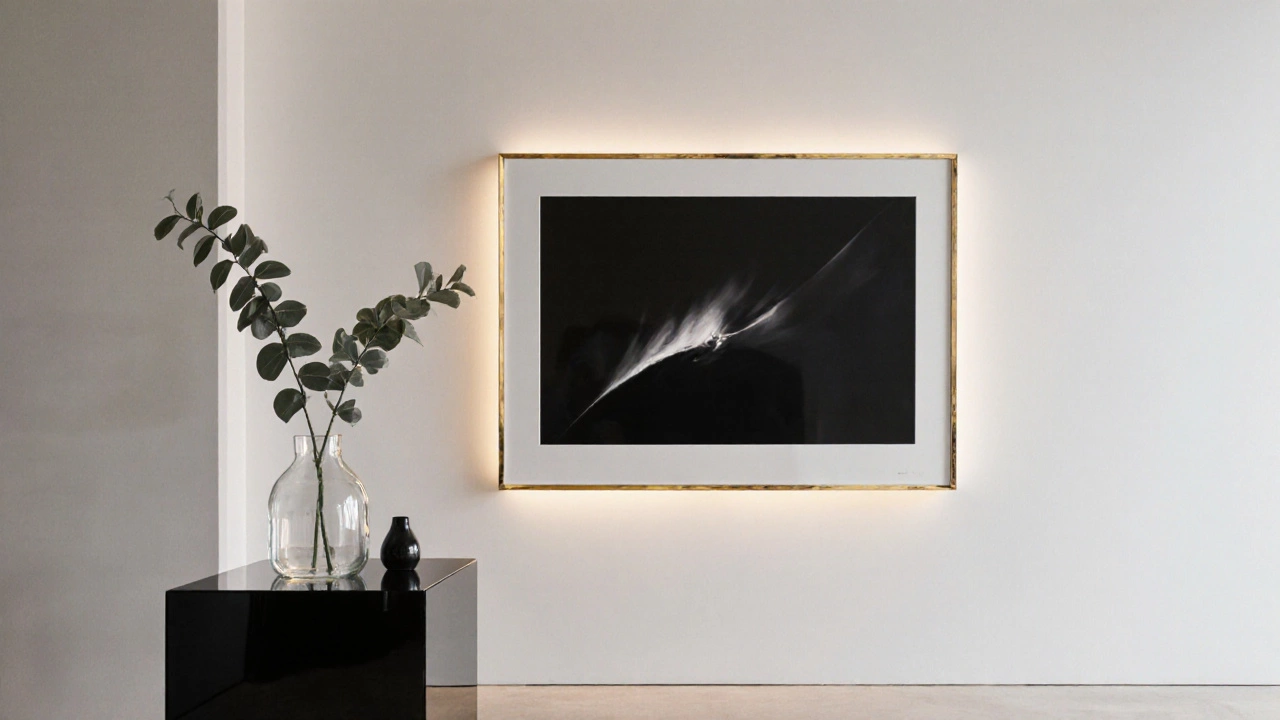
Common Pitfalls and How to Avoid Them
- Color shift: Always work in CMYK and use the printer’s ICC profile before exporting.
- Low resolution: Upscaling a 72 dpi image will look pixelated; start with a high‑resolution source.
- Wrong paper size: Double‑check the dimensions in the order form; many services trim to the nearest inch.
- Unprotected shipping: Order a protective sleeve even for small prints; it’s cheap insurance.
Quick Checklist Before You Hit ‘Order’
- File set to CMYK, 300 dpi, with bleed.
- Chosen printing method (Giclée, screen, digital) matches artwork style.
- Paper or canvas selected and compatible with chosen ink.
- Proof ordered and approved.
- Packaging and shipping preferences defined.
- Framing or mounting plan ready.
Frequently Asked Questions
What is the difference between Giclée and regular digital prints?
Giclée uses archival pigment inks and high‑grade paper, producing a longer‑lasting, colour‑accurate reproduction. Regular digital prints typically use dye‑based inks on glossy photo paper, which may fade faster and lack the texture of fine‑art paper.
Do I need to sign a contract for a small print run?
Most online services let you order as few as one print without any contract. Local shops might ask for a deposit if you request a custom paper, but they rarely lock you into larger orders.
Can I print on canvas with a Giclée printer?
Yes. Many Giclée providers offer canvas rolls specifically prepared for pigment inks. The canvas is usually pre‑stretched and primed to accept the ink without bleeding.
How soon will my prints arrive after ordering?
Standard production times range from 3‑7 business days for a single print, with an extra 2‑5 days for shipping in the U.S. Expedited options are available for an added fee.
Is it worth getting a proof before the final run?
Absolutely. A proof lets you catch colour or sizing issues early, saving you from re‑printing an entire batch.
Armed with the right knowledge, getting high‑quality prints of your artwork is no longer a mystery. Pick the method that matches your vision, prep your file carefully, and choose a reputable printer-then sit back and watch your art transform from screen to wall.
